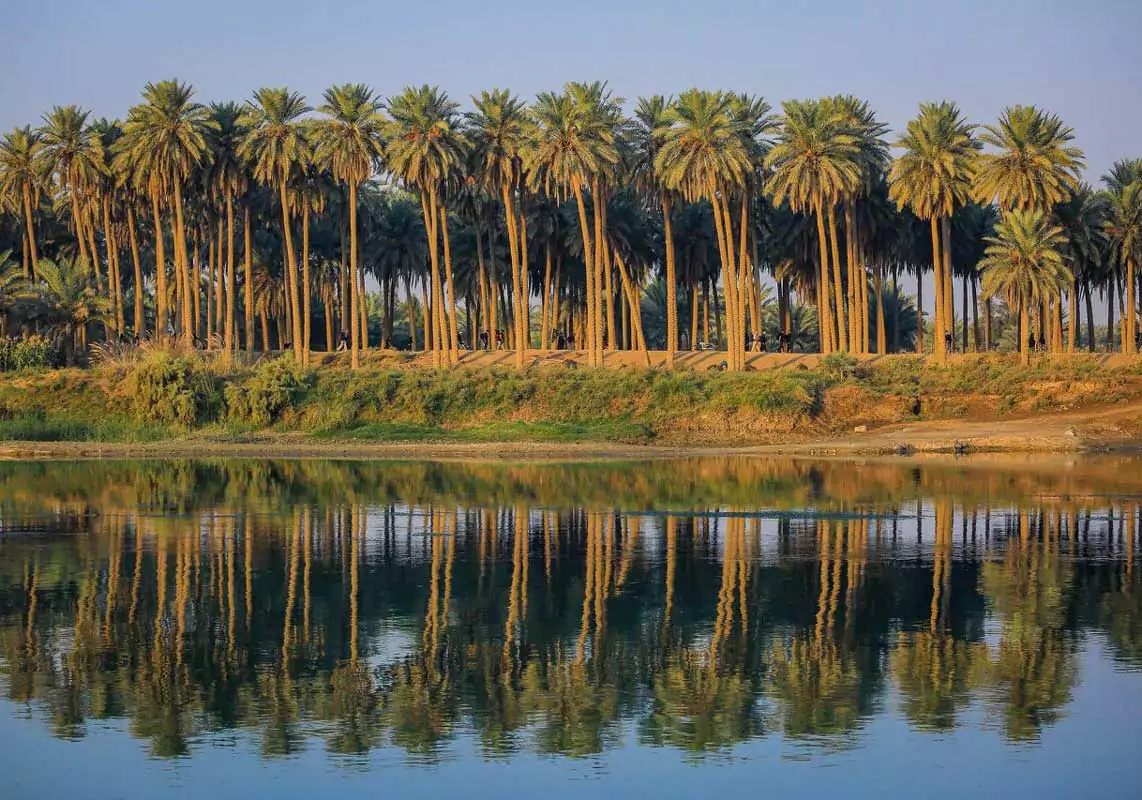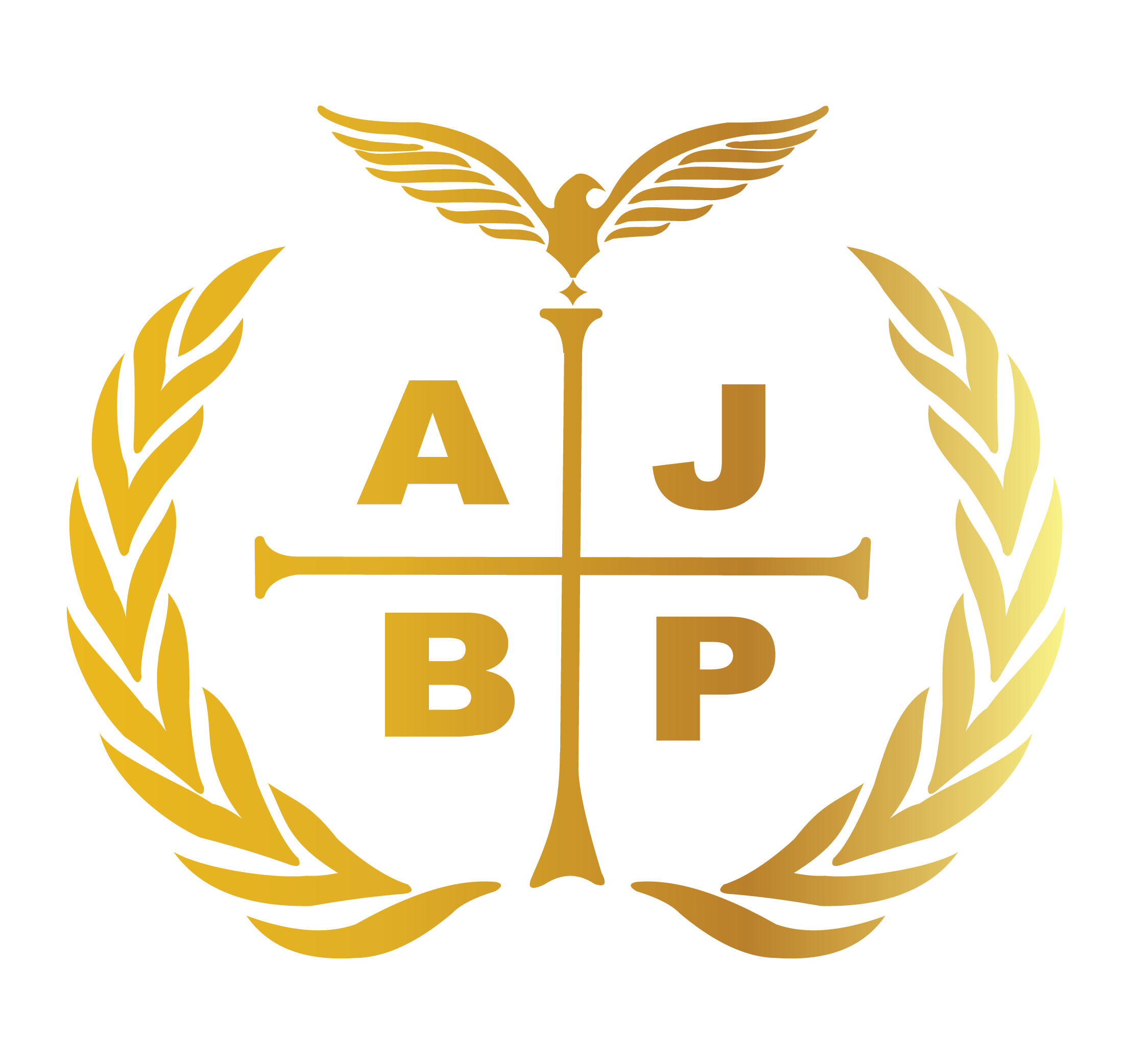The most important practice for the fertilization of date palm trees is artificial pollination. Pollination is a process of fertilization for the blossoms of palm trees. It is worth mentioning that date palm trees have male and female genders.


For a successful fertilization, male palm flower clusters, locally known as (Abrah, Tim, Talh), should be selected from a quality male date palm. High-quality male flowers typically have a heavier weight and a high amount of pollen in their clusters. During the pollination process, suitable male clusters are detached from the base and kept in the shade for 2 to 3 days, allowing all the male flower clusters to bloom. During this time, the pollen grains dry out and can be easily separated from the clusters. Then, the dried clusters and pollen are collected, and a skilled person manually fertilizes the female clusters with the male clusters and pollen, thus completing the fertilization process.



Male Date Palm Clusters
Fertilization Time: The fertilization time of date palm trees varies worldwide based on climate, weather conditions, and the type of date palm. Iran is no exception to this rule. For example, in Khuzestan Province, the fertilization process begins in the second half of Bahman (January/February) and continues until the end of Esfand (February/March). In Fars Province, especially in Jahrom County, it lasts from late Bahman until early Ordibehesht (April). This timing varies in other date-producing cities in Iran. The fertilization or pollination of date palms also depends on other factors, such as the palm’s vigor and whether it is an early or late variety. Palms with stronger vigor are typically early varieties and should be pollinated earlier. The time required for fertilization is between 30 to 60 days. Generally, in orchards, there should be one male palm for every ten female palms. However, in many traditional orchards, this principle is not followed, and male clusters are often procured from other groves for pollination.
Female date palm clusters are also classified into two types: pre-pollination and post-pollination. The terms pre-pollination and post-pollination refer to the two phases of flowering that date palms undergo. The first phase, known as pre-pollination, sees about two-thirds of the blossoms appear, usually at the beginning of the flowering season. The characteristics of pre-pollination clusters include being larger, heavier, and of higher quality. However, because they develop during the colder season, they require more pollination and have a higher chance of not being fertilized.
Post-pollination clusters typically appear in the middle to late flowering season and comprise the remaining one-third of the date palm’s clusters. The characteristics of post-pollination clusters are that they require less pollination compared to pre-pollination clusters, as they grow in warmer and more suitable temperatures, significantly reducing the likelihood of not being fertilized. However, they tend to be lighter in weight than pre-pollination clusters.




(Pollination of Date Palm Trees by a Skilled Person)



